Harry and Meghan are at it again — launching themselves into another rebrand — this time embarking on a faux-royal tour to Nigeria, hiring new PR staff in the UK, promoting strawberry jelly on Instagram and — good grief! — touting Netflix shows about friendship and polo. There’s a certain sadness about this latest effort, since the Sussexes’ entire past year has been spent branding and rebranding themselves with practically no effect, and the whiff of desperation now hovers over them.
You’d feel sorry for the couple if they responded to their misfortune with some degree of humility
Their annus horribilis of branding mishaps and misfortunes kicked off last April when Meghan signed up with the glitziest of the Hollywood PR giants — William Morris Endeavor. At the time, the Sussex image was in sore need of a turnaround. The consensus had it that they were good at trashing the royal family — via Oprah, Spare and Netflix — but were struggling to prove themselves in any other way. This was unfortunate, as the victimhood narrative was a branding disaster. With the publication of Spare, Harry’s approval ratings in the US dropped an alarming forty-five points to minus seven and Meghan’s fell thirty-six points to minus thirteen. And this was before the disdainful South Park episode about their Worldwide Privacy Tour. It was starting to look like Meghan might not be able to run for president after all.
Then, in May, the Sussexes made their historic pronouncement about a “near catastrophic car chase” in New York, invoking the image of the death of Diana and securing the bewilderment of New Yorkers from the mayor down, who wondered how a two-hour high-speed car chase could have happened in a city that is permanently gridlocked. This was another major fail; after all, if it looked as though they were telling fibs about this, what else might not be true? Even those who had believed what was said in the Oprah interview now had their doubts.
A few weeks later, Spotify dropped Meghan’s Archetypes podcast on the grounds that Archewell had failed to meet “productivity benchmarks.” That description was evidently a euphemism, as explained by Spotify executive Bill Simmons who said: “The Fucking Grifters. That’s the podcast we should have launched with them.” He was expanding on sentiments he’d expressed before: “You live in fucking Montecito and you just sell documentaries and podcasts and nobody cares what you have to say about anything unless you talk about the royal family and you just complain about them.” Simmons was speaking to a growing majority on both sides of the Atlantic which, having turned against Harry and Meghan, was now hungry for every piece of bad news.
By the summer, the Sussexes’ PR situation was dire. In June it was reported that Meghan was “in talks” to become a brand representative for the French fashion house Dior. Cue a wave of mean but amusing YouTube videos highlighting her many fashion fails. An army of Sussex-watchers sensed that the collaboration was everything that Meghan had ever wanted, and they didn’t think she deserved it. Eventually, Dior denied having spoken to Meghan at all and instead chose Meg Bellamy as its new face. By chance, or not, this was the actress who played Kate Middleton in The Crown.
By the autumn, the phrase “they’re smashing plates in Montecito” was all over the internet and the year ended badly. In the Netherlands, Omid Scobie’s book Endgame named the “royal racists” of Oprah fame as King Charles and Catherine, the Princess of Wales. In PR terms, this was horrendous for the Sussexes — who were desperately trying to disassociate from family drama in order to move on to “new projects.” That both Charles and Catherine were afterwards diagnosed with cancer made everything a hundred times worse. In other frightful news, the Archewell Foundation accounts were made public, revealing that the couple put in only an hour’s work a week at their charity — deftly reinforcing the “grifters” moniker.
And so it went on. Harry was caught up in a devastating scandal at the African Parks charity, of which he is a board member — where employees stand accused of violence and rape. Simultaneously, the Duke was having patchy-to-little success with his mindblowingly expensive legal cases in the UK that made him look petulant. Meghan, meanwhile, was unceremoniously shushed along at a red carpet event, like some B-list celebrity, while on another crimson carpet, a former colleague from Suits, when asked about the duchess, replied in an imperious tone and with great comic timing: “We don’t have her number.” The implication was that Hollywood had no desire to speak to her.
You’d feel sorry for the couple if they responded to their misfortune with some degree of humility. But the past few months have seen several fresh rebrands, all of them imbued with the grandiosity that we’ve come to associate with the couple. A new Sussex.com website was launched. It was massively regal in style and elevated their achievements to delusional heights. Then Meghan launched her new lifestyle brand, American Riviera Orchard, with soft-focus sepia shots of her in a ballgown swanning around her Montecito mansion. In her early days in the monarchy, she was informed that she and Harry could rival the Obamas in their branding ambitions, and it seems like she still believes it.
This week Harry will visit the UK for the tenth anniversary of the Invictus games, although Meghan will not be joining him. Invictus is where Harry needs to concentrate his energy. It’s as down-to-earth and substantial as the majority of the Sussex activity has been pie-in-the-sky and vacuous. The Nigeria trip, with Meghan in tow, is also supposed to focus on Nigeria. So, hurrah for that.
Meanwhile, the rest of the royal family have weathered the Sussex fiascos with admirable silence and a great deal of dignity. There’s no better branding than having your face on a stamp.
This article was originally published on The Spectator’s UK website.



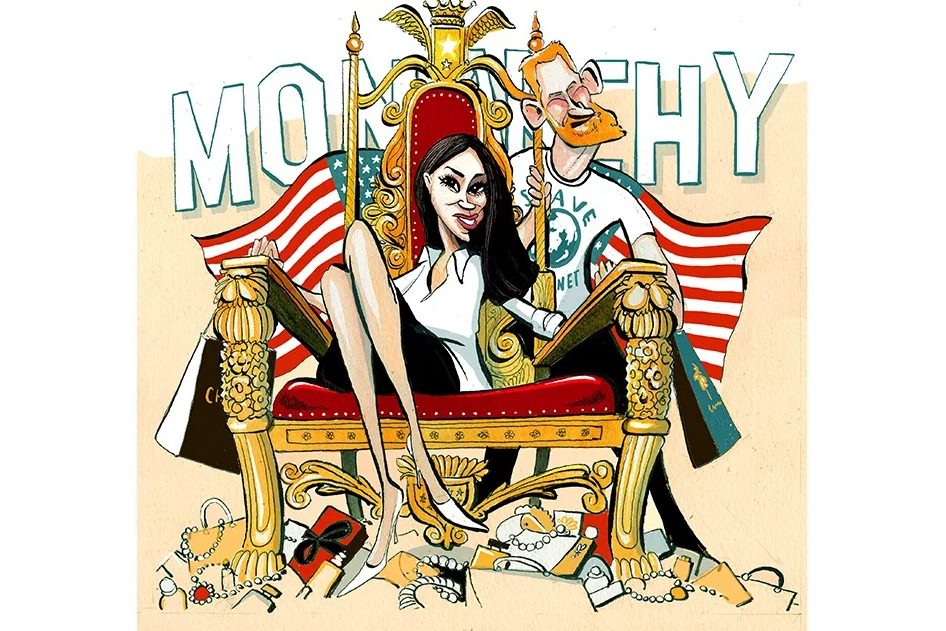







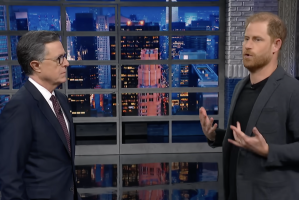

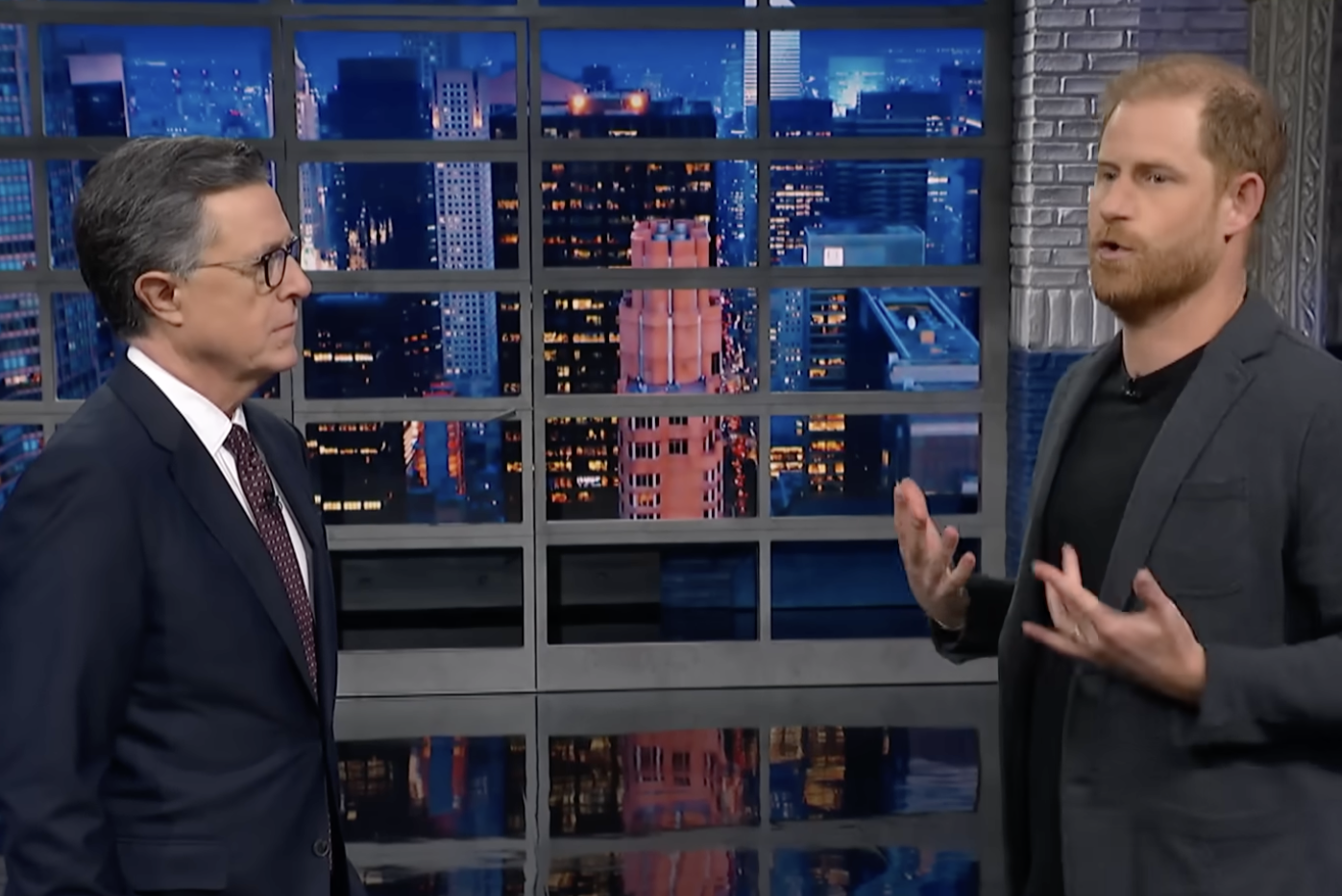

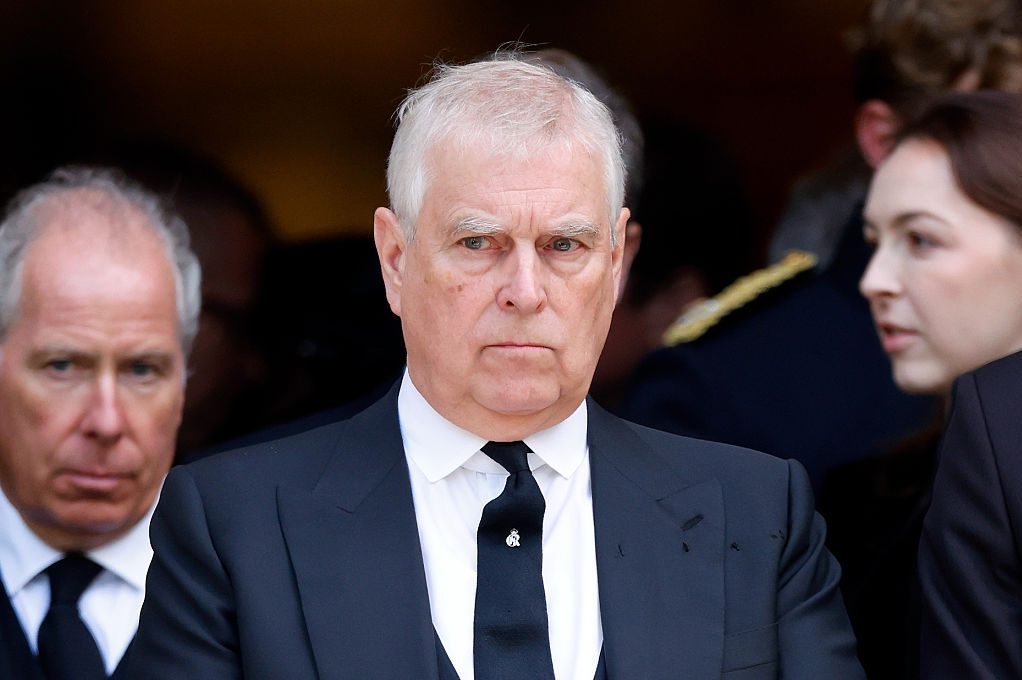
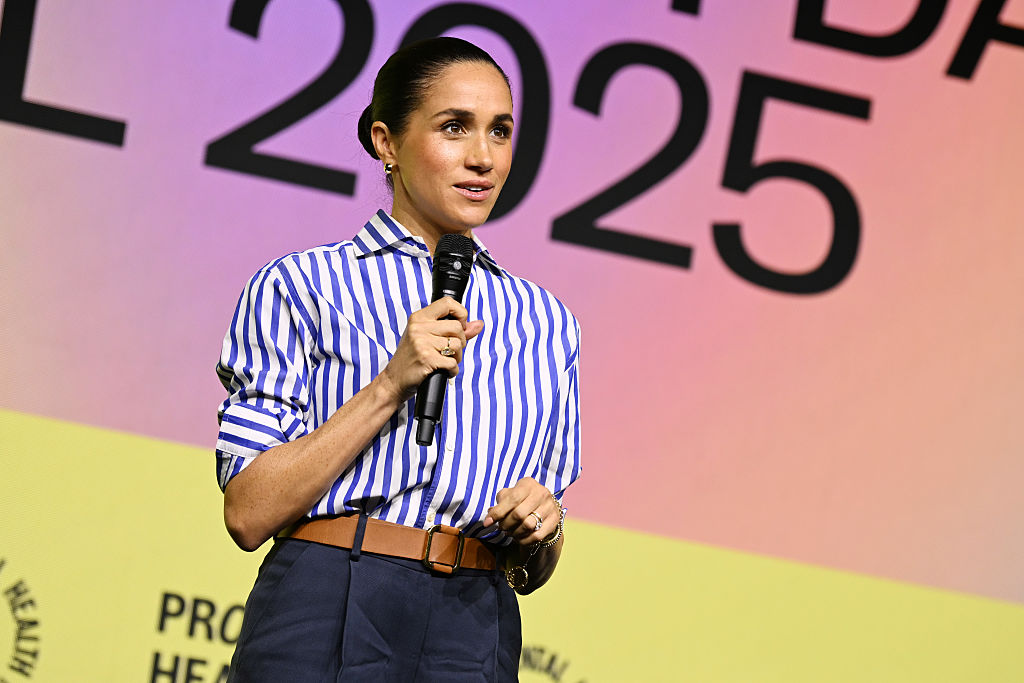
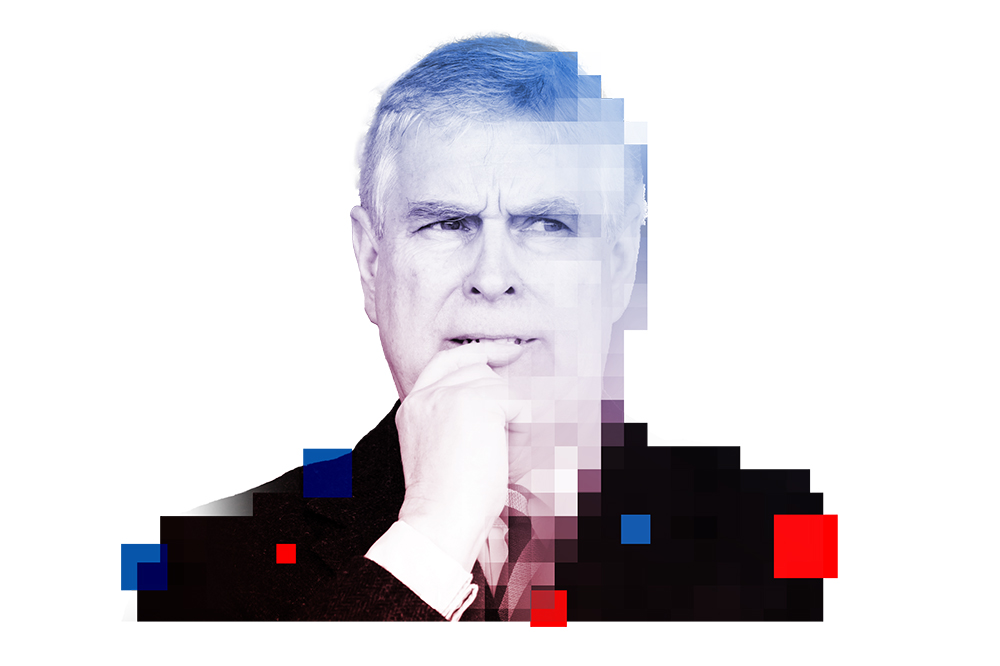
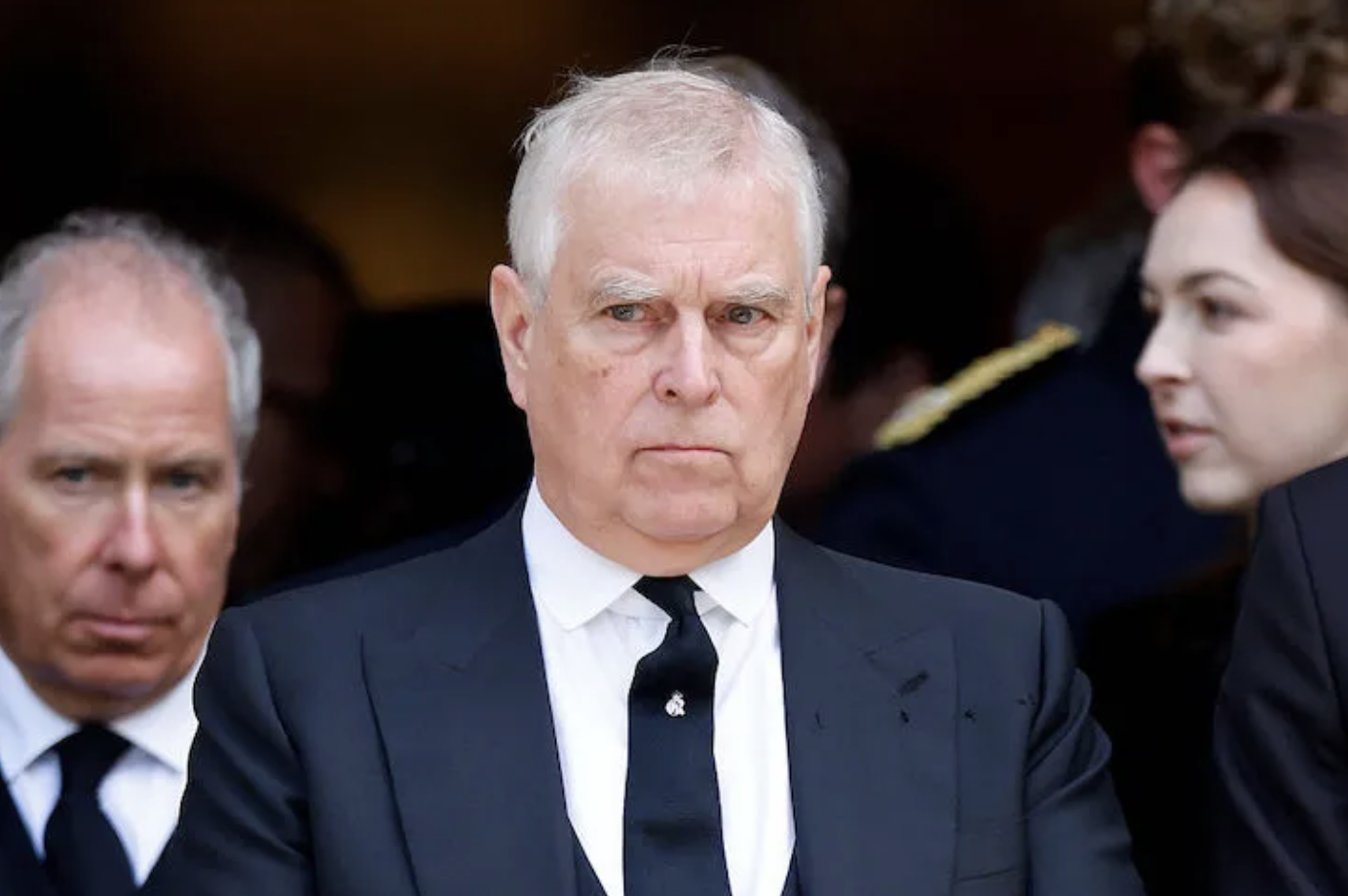







Leave a Reply